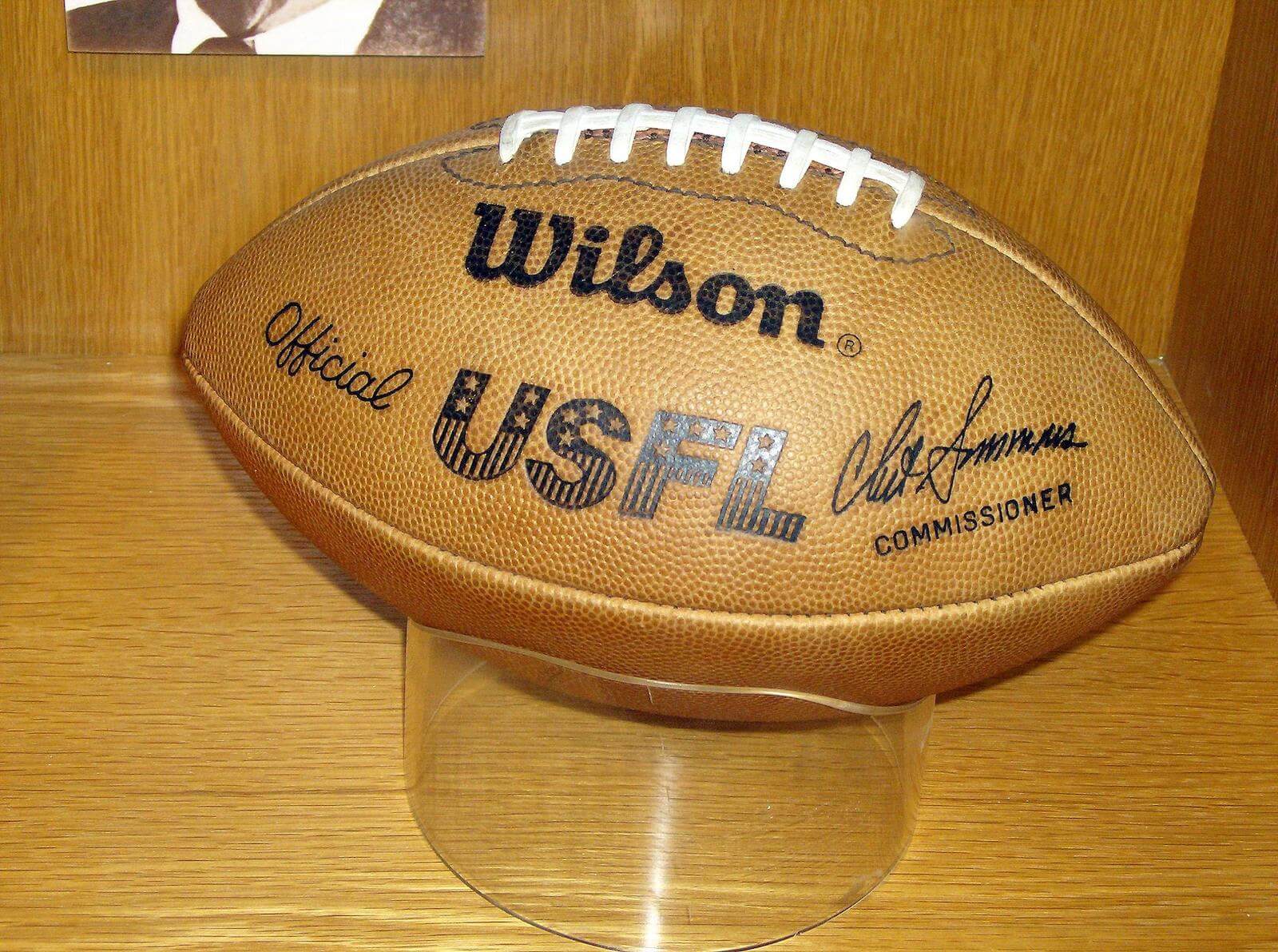USFL vs. NFL: Key Differences Between America's Gridiron Leagues

USFL vs. NFL - What’s The Difference?
The USFL and NFL: Overview of Two Distinct Leagues
The National Football League (NFL) has long been synonymous with professional football excellence, recognized worldwide as the preeminent gridiron competition. In contrast, the United States Football League (USFL) relaunched in 2022 as a fresh contender, aiming to carve its place in the football landscape. While both operate in the United States as pro football leagues, they differ sharply in reputation, player pathways, and organizational scale. Let's explore how these leagues compare and what sets them apart.
Premier League vs. Challenger: Where Each League Stands
The U.S. sports landscape differentiates between "major leagues"-the top tier-and minor or developmental leagues, which either serve as feeder organizations or as unaffiliated competitors. The NFL belongs to the elite group of major leagues, alongside entities like the NBA, MLB, and NHL, drawing in the nation’s brightest athletic talents and commanding the highest level of play.
The USFL, by contrast, operates independently and positions itself as a competitor, not an affiliate, of the NFL. There is no formal connection or development pipeline between the leagues; instead, the USFL gives opportunities to players who were not selected in the highly competitive NFL draft. While some athletes in the USFL boast Division I college football backgrounds, those selected into the NFL generally represent the sport's upper echelon.
The competition for professional football talent is fierce, with not only the NFL and USFL, but also leagues like the Canadian Football League (CFL) and XFL vying for skilled players. Ultimately, the NFL remains the global giant-a stature reflected in revenue, viewership, and athlete compensation.
Financial Muscle and Market Presence
For aspiring players, the NFL remains the ultimate dream. The league offers lucrative contracts and vast commercial appeal-elite NFL athletes often rank among the world’s highest paid, with the average salary hovering around $2.7 million per year. Beyond the paycheck, NFL stars can unlock sponsorships, major endorsement deals, and a celebrity following thanks to the league's massive media reach.
This dominance is clearly visible online: the NFL boasts over 26 million Instagram followers, while the USFL’s audience is significantly smaller at around 96,000. Such figures underscore the vast difference in market influence and global brand recognition. While the USFL continues to build its profile, matching the NFL’s financial and cultural clout remains a steep challenge.
How the Leagues Are Structured
The NFL consists of 32 teams, each playing 17 regular season games, culminating in a widely celebrated postseason that attracts global attention. By contrast, the USFL currently features eight teams, with each playing 10 regular season games-a much leaner structure.
Season timing also serves to separate the leagues and minimize direct competition. The NFL regular season kicks off in September and runs through early February, finishing with the Super Bowl. The USFL, meanwhile, schedules its season from April through July, aiming to capture the attention of football fans during the NFL’s off-season lull.
Comparing NFL and USFL: League Structure and Season Details
| Aspect | NFL | USFL |
|---|---|---|
| Number of Teams | 32 | 8 |
| Regular Season Games | 17 per team | 10 per team |
| Season Schedule | September - February | April - July |
| Pathway for Players | NFL Draft focused on collegiate football | Open to undrafted or unsigned players |
| Media Exposure | Global coverage, major networks | National coverage, smaller scale |
Key Rules That Separate the USFL from the NFL
To differentiate itself and capture attention, the USFL has adopted unique rule variations, blending elements from college football, the NFL, and other alternative leagues. These differences are intended to create a more dynamic game and appeal to a diverse fanbase.
- Overtime Format: The USFL uses a shootout system similar to college football. If the score is tied at the end of regulation, teams alternate three 2-point conversion attempts from the 2-yard line. If still tied, the game moves to sudden death. The NFL, on the other hand, uses a timed overtime period where the first team to score a touchdown wins.
- Kickoff Rules: Borrowing inspiration from the XFL, USFL kickoffs start from the 25-yard line to incentivize more exciting returns. Special formation rules limit players' running starts to enhance safety and reduce injury risk. Eight blockers from the receiving team must also set up between the 35 and 45-yard lines.
- Alternative to Onside Kicks: Instead of a traditional onside kick, USFL teams can attempt a 4th-and-12 play from their own 33-yard line. If converted, they retain possession; if not, the opposing team takes over.
- Pass Interference: In the USFL, intentional defensive pass interference beyond 15 yards remains a spot foul, as in the NFL. However, non-intentional interference results only in a 15-yard penalty. Within 15 yards of the line of scrimmage, the penalty matches the actual distance of the foul.
- Offensive Pass Interference: USFL restricts offensive pass interference calls to plays where the ball crosses the line of scrimmage.
- Play Clock: The USFL’s 35-second play clock is shorter than the NFL's 40 seconds, encouraging a faster tempo and more plays per game.
- Game Clock Management: The USFL pauses the game clock after first downs during the final two minutes of each half, enabling more plays and strategic opportunities in critical moments.
- Two Forward Passes: The USFL allows two forward passes on a single play if both are made from behind the line of scrimmage-the first league to adopt this innovation outside the XFL.
- Instant Replay and Reviews: USFL coaches receive one challenge per game, compared to two for NFL coaches. A centralized video review team has the authority to overturn on-field personal foul and pass interference decisions.
Conclusion: Two Football Leagues, Two Distinct Paths
While both the NFL and USFL provide opportunities for players and entertainment for fans, the differences in scale, prestige, rules, and financial power are significant. The NFL stands as the undisputed leader in professional football, delivering unmatched exposure, athlete compensation, and fan engagement. The USFL, meanwhile, offers a unique alternative for players and football aficionados-particularly during the NFL’s off-season-with innovative rule changes designed to keep the sport fresh and exciting.
Whether you’re interested in the tradition and grand stage of the NFL or the experimental flair of the USFL, both leagues add variety and excitement to the American football landscape.
Lead image: Mike Russell/Wikimedia Commons













